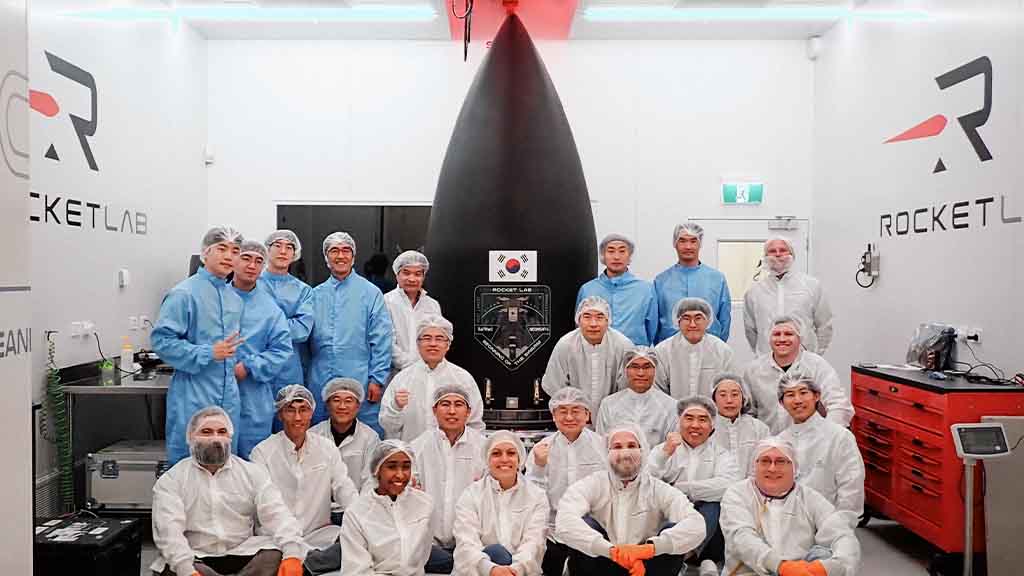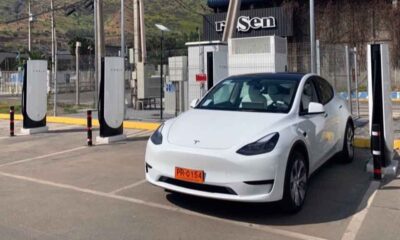Rocket Lab
Rocket Lab to launch NEONSAT-1 and ACS3 satellites this week

Rocket Lab is preparing to launch a new space launch mission including two customer satellites – NEONSAT-1 and ACS3 using the Electron vehicle. This mission will fly from Rocket Lab Launch Complex 1 in Mahia, New Zealand. The mission has a 14-day launch window that opens on April 24.
NEONSAT-1 is the primary payload, it is an Earth observation satellite equipped with a high-resolution optical camera to monitor natural disasters by pairing its images using AI technology.
NEONSAT-1 was designed and developed by the Satellite Technology Research Center (SatREeC) at the Korea Advanced Institute of Science and Technology (KAIST). It is the first satellite developed under the NEONSAT program. The program collaborates with multiple Korean academic, industry, and research institutions including SaTReC in KAIST.
These two are leading the program’s system design and engineering. The program is managed by the Korea Aerospace Research Institute (KARI) for ground segments and technology supervision.
Both partners planning to launch other NEONSAT satellites in 2026 and 2027 to build a NEONSAT constellation. All of these NEONSAT missions will be funded by the Korean government’s Ministry of Science and ICT (MSIT).
ACS3:
NASA’s Advanced Composite Solar Sail System (ACS3) is designed to demonstrate new materials and deployable structures for solar sail propulsion systems. The system uses sunlight to propel the spacecraft. Solar sails employ the pressure of sunlight for propulsion to reduce the need for conventional rocket propellant.
The mission plans to test the deployment of new composite booms that will unfurl the solar sail to measure approximately 30 feet per side. It could also be about the size of a small apartment in total.
The flight data will be used for designing future larger-scale composite solar sail systems for space weather early warning satellites, asteroids, and other small-body reconnaissance missions. It will also be used for missions to observe polar regions of the Sun.
This payload was designed and built at NASA’s Langley Research Center in Hampton, Virginia. The program is funded by the Small Spacecraft Technology program at and with NASA’s Ames Research Center in Silicon Valley. NASA’s Science Missions Directorate planning to extend such missions with more funding.
Deployment:
Electron will deploy these satellites to two separate orbits during the same launch. The first payload deployment is destined for a 520-kilometer circular Earth orbit. The second payload will be deployed at 1,000km.
After the first payload deployment, the Kick Stage will fire its Curie engine again to perform an apogee raise of 1,000km.
✅ Electron is ready for lift-off.
Our operations team have completed launch rehearsal for our next mission for @KAISTPR and @NASA. The launch pad is ready, the satellites are ready, Electron is ready. Onward to launch!
‘Beginning Of The Swarm (B.T.S)’ launch window opens:… pic.twitter.com/glF97rS9Pn
— Rocket Lab (@RocketLab) April 22, 2024










